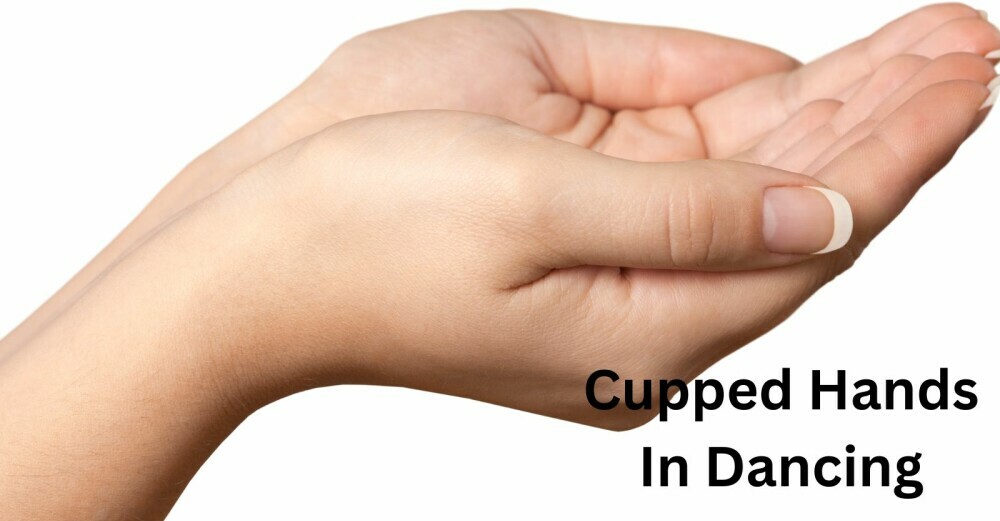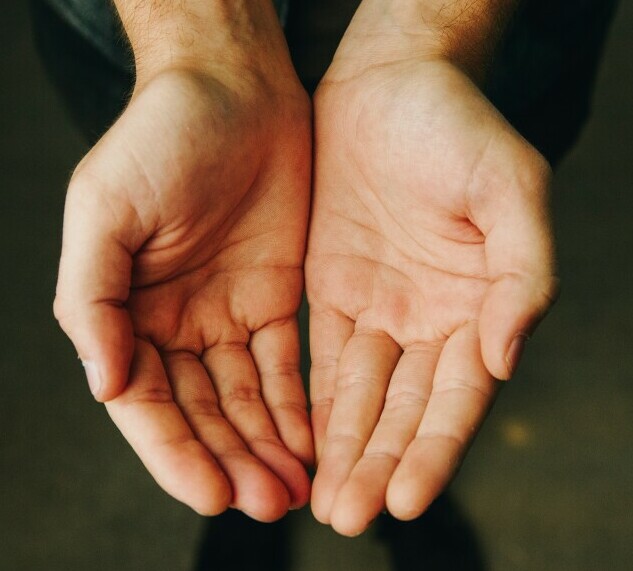Let’s look at cupped hands for modern dancing, and why we use them in this genre of dancing.
“The cupped hand is a reflection of the torso,” says Blakeley White-McGuire, principal dancer with Martha Graham Dance Company. “When I’m working with the movement as a deepening of the center, that reflects in the hand.”
There are two versions of the cupped hand: the formal cup and the soft, or open, cup.
To work on these hand positions, Capucilli asks her students to pinch the ends of their fingertips to sense the energy that emanates through them. “It resonates in every direction from the center point,” she says.

Martha Graham was the woman who brought cupped hands in modern dancing to the fore.
The signature cupped hands of the celebrants in primitive mysteries, the clawed hands of Medea in Cave of the Heart – ‘ Graham hands” are unmistakable and create next-level drama. Each thrust or flick enhances Graham’s larger-than-life characters.
Martha marveled over the possibilities of the hands, says Terese Capulcilli, a former Martha Graham Dance Company principal dancer who trained with Graham, and was co-artistic director of the company from 2002 – 2005.
She used her hands as an extension of the expression that inhabits the body. It’s a magnification of the energy that’s projected from the center.
Capulcilli ensures her students understand the connection of the hands to the core. ‘the arms move as an extension of the back. The hands by themselves, just placed in a position, are no longer expressive, they become superficial.’
Over the years, Graham’s technique grew out of the repertory, and practitioners have codified Graham’s characterizations, preserving her focus on the fingers, wrist, palm, and heel of the hand.
Cupped hand (or contracted hand)
See it happening in primitive Mysteries, steps in the Street, Night Journey, and Clytemnestra. (see videos above)
The most recognizable hand position in the Graham technique is the cupped hand.
There are two versions of the cupped hand for modern dancing.
The formal cup and the soft or open cup. For the formal cup, the fingers are straight, with the thumb bent in, with the soft cup, fingertips are more splayed, with the energy coming from the heel of the hand. ‘for me, the formal cup required practice and thought,’ White-Mcguire says, ‘while the soft cup, pressing through the heel, was more instinctual.’

